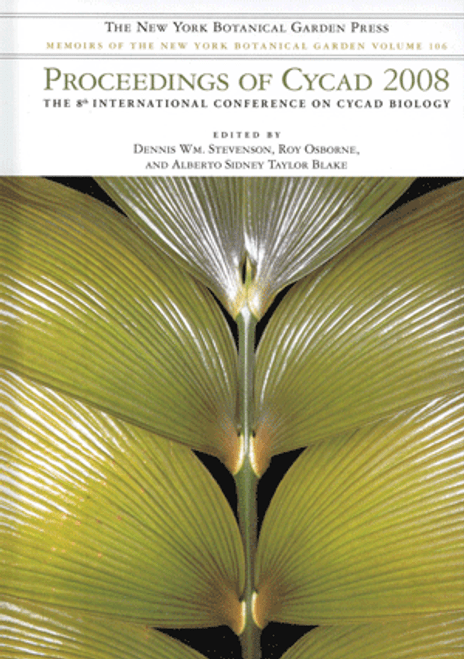This purchase only includes chapter 28 of this title.
Abstract
The Zamia pumila complex (Cycadales: Zamiaceae) is a monophyletic, diploid (2n = 16) and distinctive assemblage of cycad populations restricted to the West Indies and southeastern United States that has been treated as comprising as many as 14 or as few as one species. We are in the process of developing a microsatellite (simple sequence repeat, SSR) DNA library from Z. integrifolia L. �l. that we will use to study variation in the complex and apply these data to various evolutionary and biogeographic questions. Our overall goal is to document the patterns of microsatellite DNA variation across populations of the Z. pumila L. complex throughout its range, infer population structure and biogeographic history of the complex, and attempt to understand the processes of speciation within the group. We hypothesize that Zamia in the Caribbean will exhibit conformance to the stepping stone model, given the limited gene flow exhibited by most cycad species. We further hypothesize that we will uncover genetic evidence of bottlenecks within some populations, apropos to the history of the Greater Antilles. Finally, we intend to address the hypotheses that the Z. pumila complex represents a minium of �ve species, that pollinator mediated isolation restricts gene flow between species in the complex, and that every species in the Z. pumila complex will have a unique pollinator association. We have already designed seven SSR primer pairs that have successfully captured polymorphism in Zamia, and have screened only 15% of our clones.







